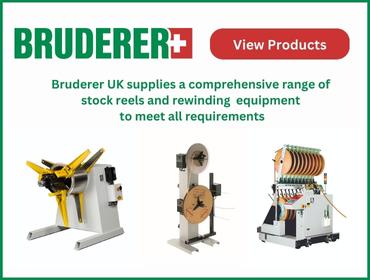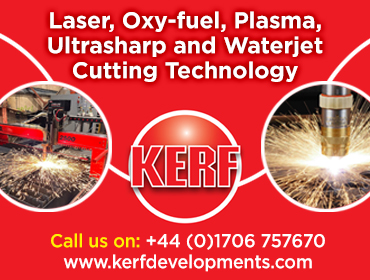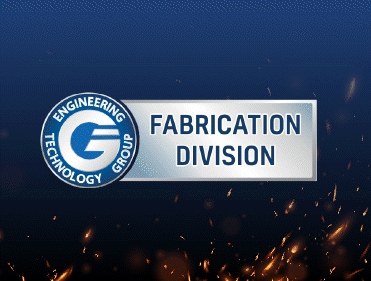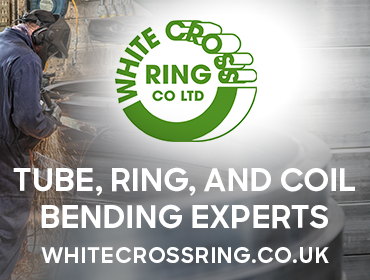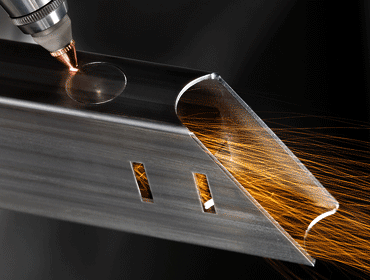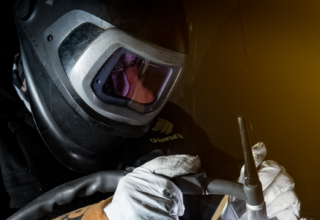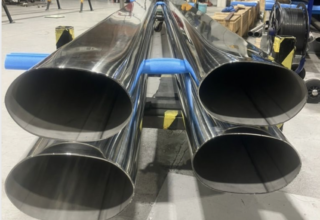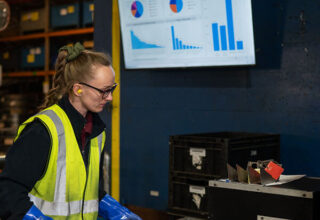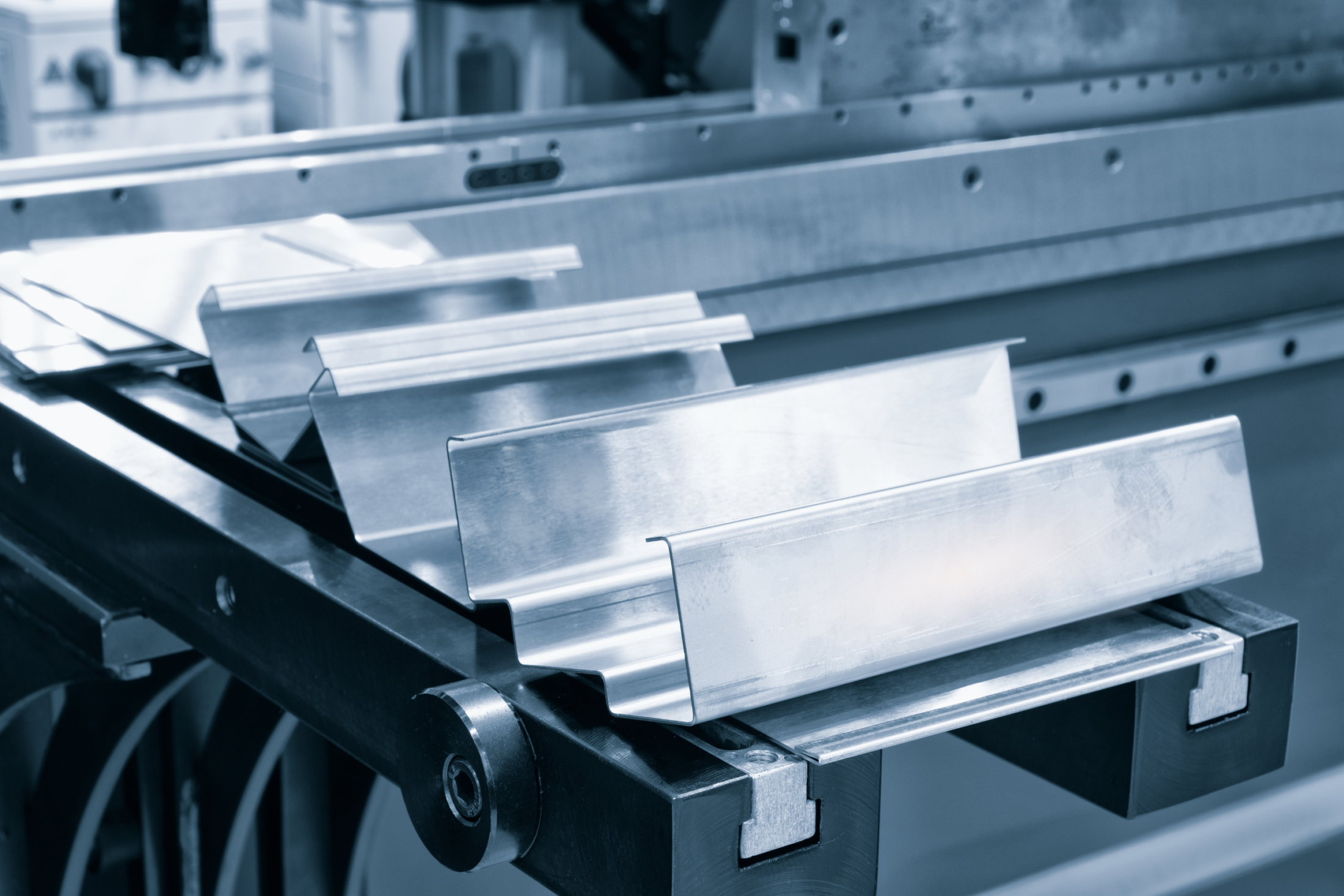
Mastering sheet metal bending is the key to both precision and speed in fabrication projects. Both methods, whether V bending or rotary bending, offers a different finish. Exploring these different methods will showcase how they affect the end product and, ultimately, give you a better understanding of what method is suitable for your project and how Finish Architectural can assist with this.
What is Sheet Metal Bending?
Sheet metal bending is a fabrication process where metal sheets are deformed along a straight axis to create specific angles and shapes without compromising the material’s integrity.
Metal bending is done with precision and planning; it isn’t just about force; it’s about understanding the material and the mechanics of bending.
Bending steel sheets or any metal, is a fine balance between the metal’s malleability and the stress applied. The right balance will allow you to get the bend without compromising the metal. To do this, many things need to be considered: material thickness, bend radius, and type of bend.
Advanced bending techniques are used to shape the metal into functional shapes that become part of a larger structure or standalone products. Every bend in the metal sheet contributes to the functionality and appearance of the finished product, so precision in bending sheet metal is key to fabrication.
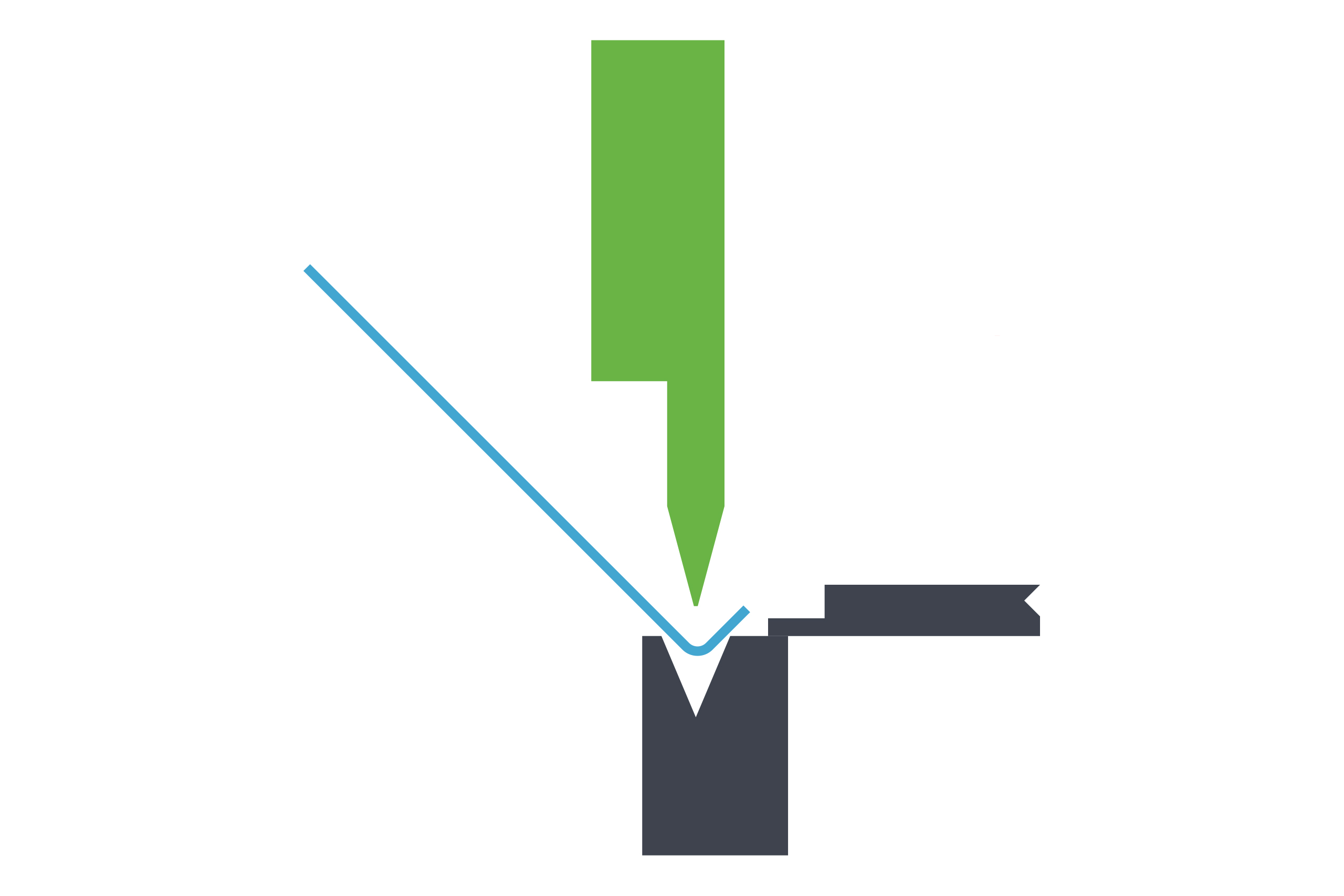
Types of Metal Bending
Roll Bending
Roll bending is a metal-bending technique that uses three rollers, a hydraulic press, and a brake to bend metal with precision. Perfect for bending sheet steel into shapes. By adjusting the gap between the rollers, the curve can be controlled. Finish Architectural’s set up has a hydraulic press and a brake to make the process even more precise and efficient.
It is great for large sweeping bends in metal sheets, unlike other techniques that might focus on sharper or smaller radius bends. This capability allows manufacturers to meet diverse design specifications and guarantees high-quality outcomes in fabrication projects.
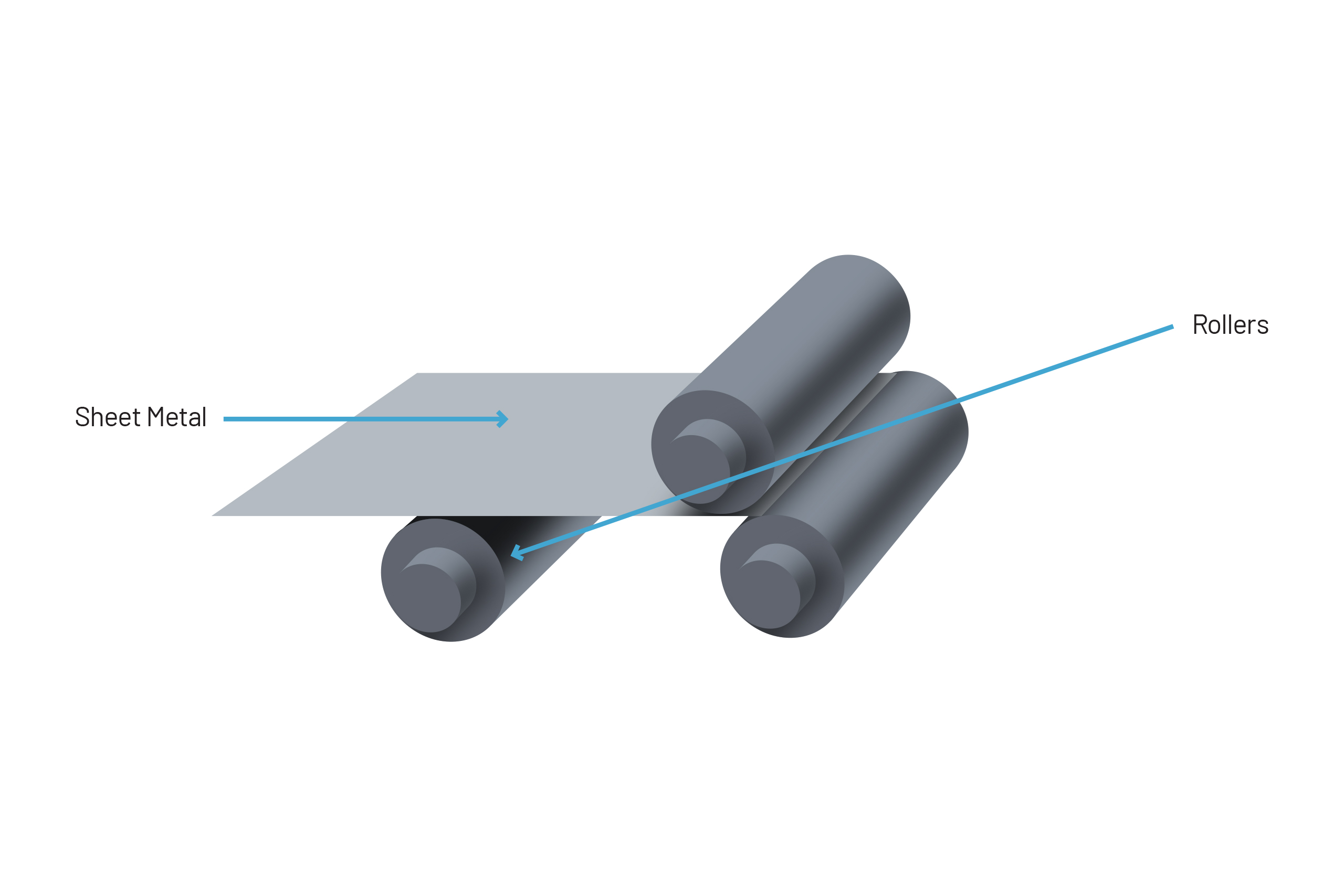
Air Bending
Air bending is a sheet metal fabrication technique where a punch and die are used to bend without forcing the sheet to follow the die shape. Placing the metal sheet on a V die and punching it. The depth of the punch determines the bend angle; the metal bends as it hits the punch and die faces. When you lift the punch, the metal springs back a little bit; that’s taken into account to get the desired angle.
Air bending is flexible; you can get various angles with one set of tools. It is also cost-effective as you don’t need multiple dies. It can accommodate different material thicknesses and types, but precision is key for accuracy, taking into account material springback and force.
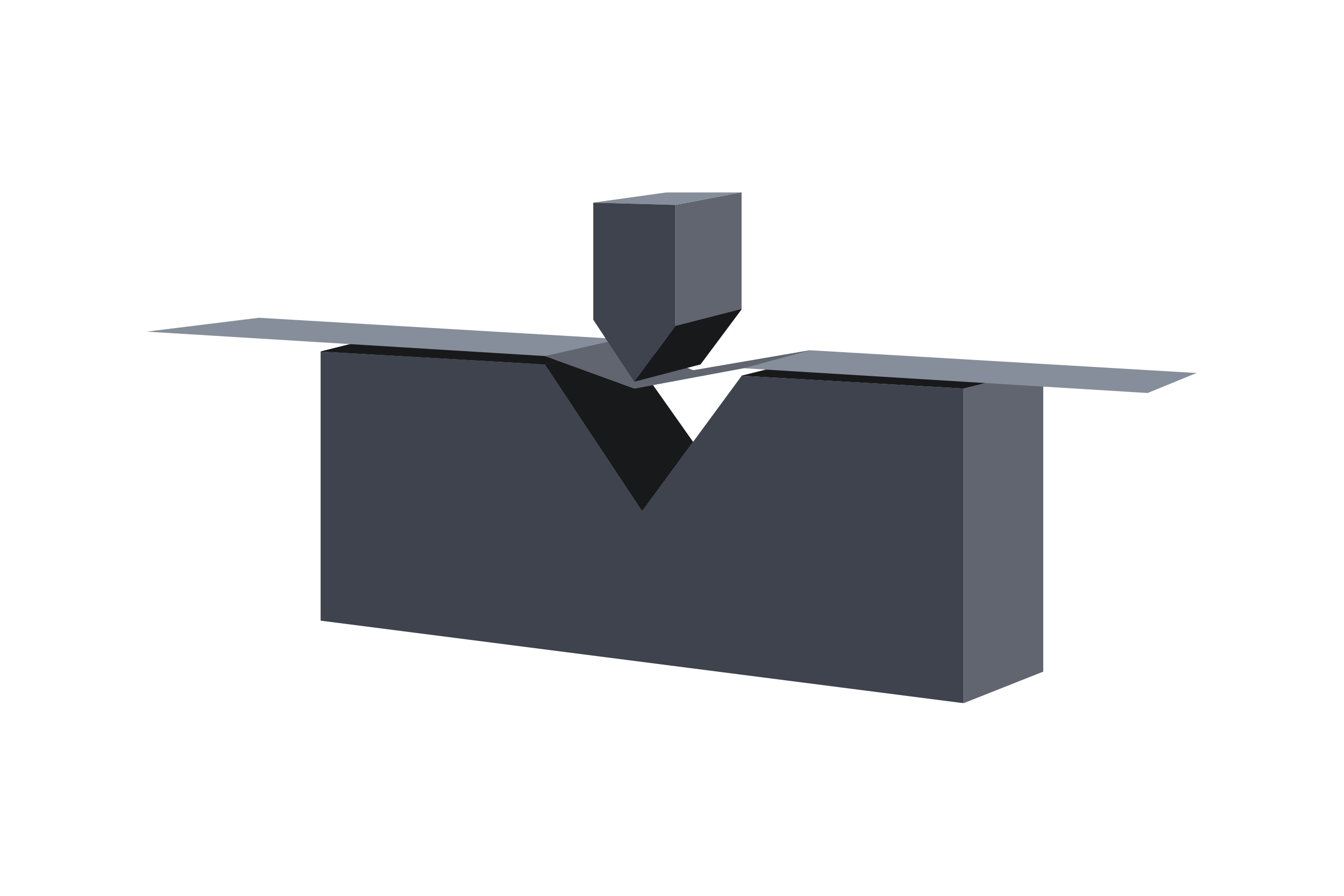
Bottoming
Bottoming, also known as bottom bending or bottom pressing, is a precise sheet metal bending technique where the metal sheet is pressed against the bottom of a die to achieve a specific angle. Unlike air bending, where the metal doesn’t fully conform to the die, bottoming forces the metal to make full contact with the die’s surface.
In bottoming, the metal sheet is placed over a V die, and a punch comes down with force and presses the sheet into the die until it bottoms out at the bottom of the V. This full contact between the metal sheet and the die gives you a precise and consistent bend angle.
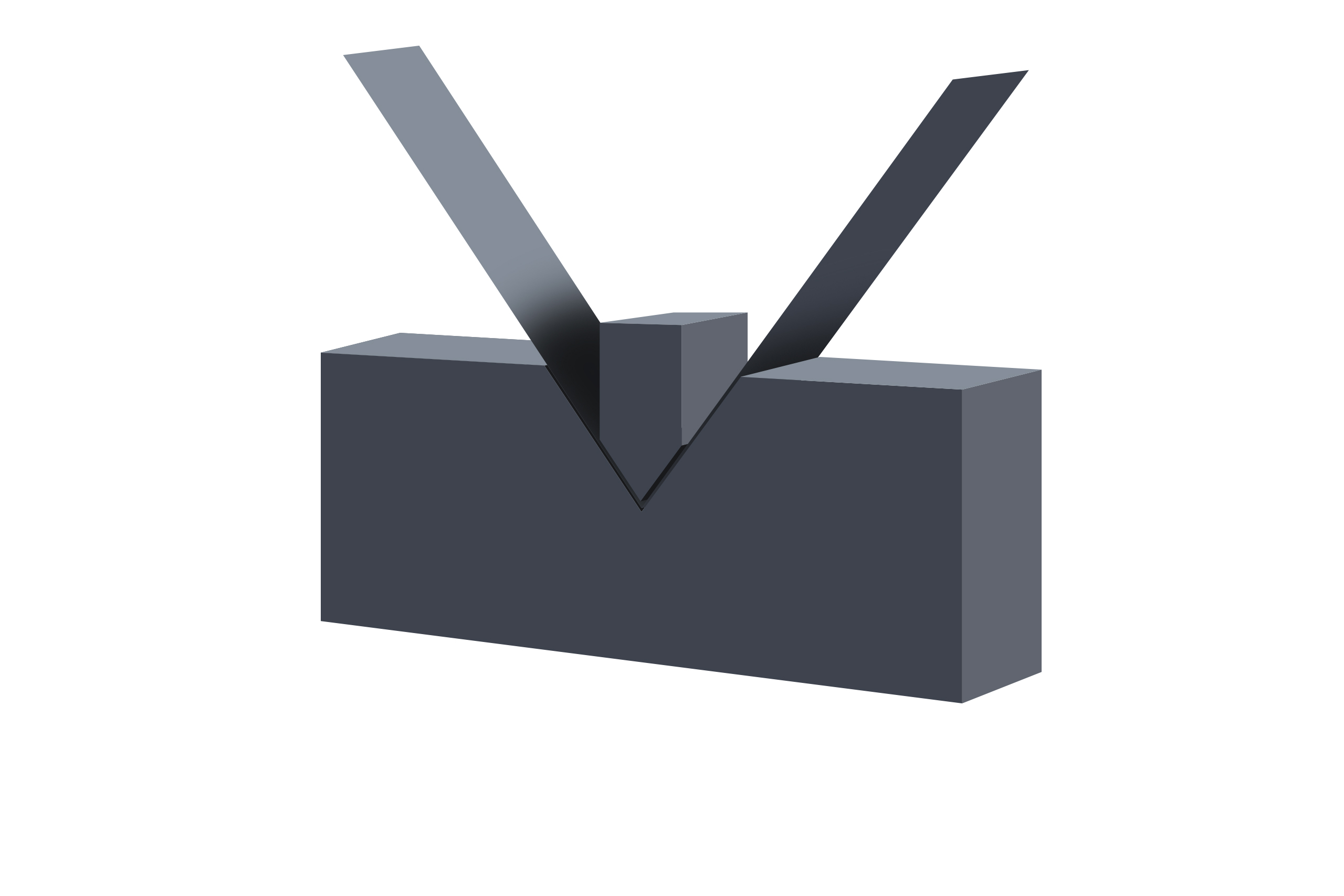
V-Bending
In V-bending, a V-shaped die and punch is used to press metal sheets into shape. This is the heart of sheet metal bending, especially for precise bends. During the process, bending occurs when the punch forces the sheet into the die and the bend is formed. This is the simplest and most efficient way to bend sheet metal.
V-bending is used in many industries, from automotive to construction, where sheet steel bending is required. It’s accurate and maintains the metal’s integrity, so it’s the go-to for many fabricating needs.
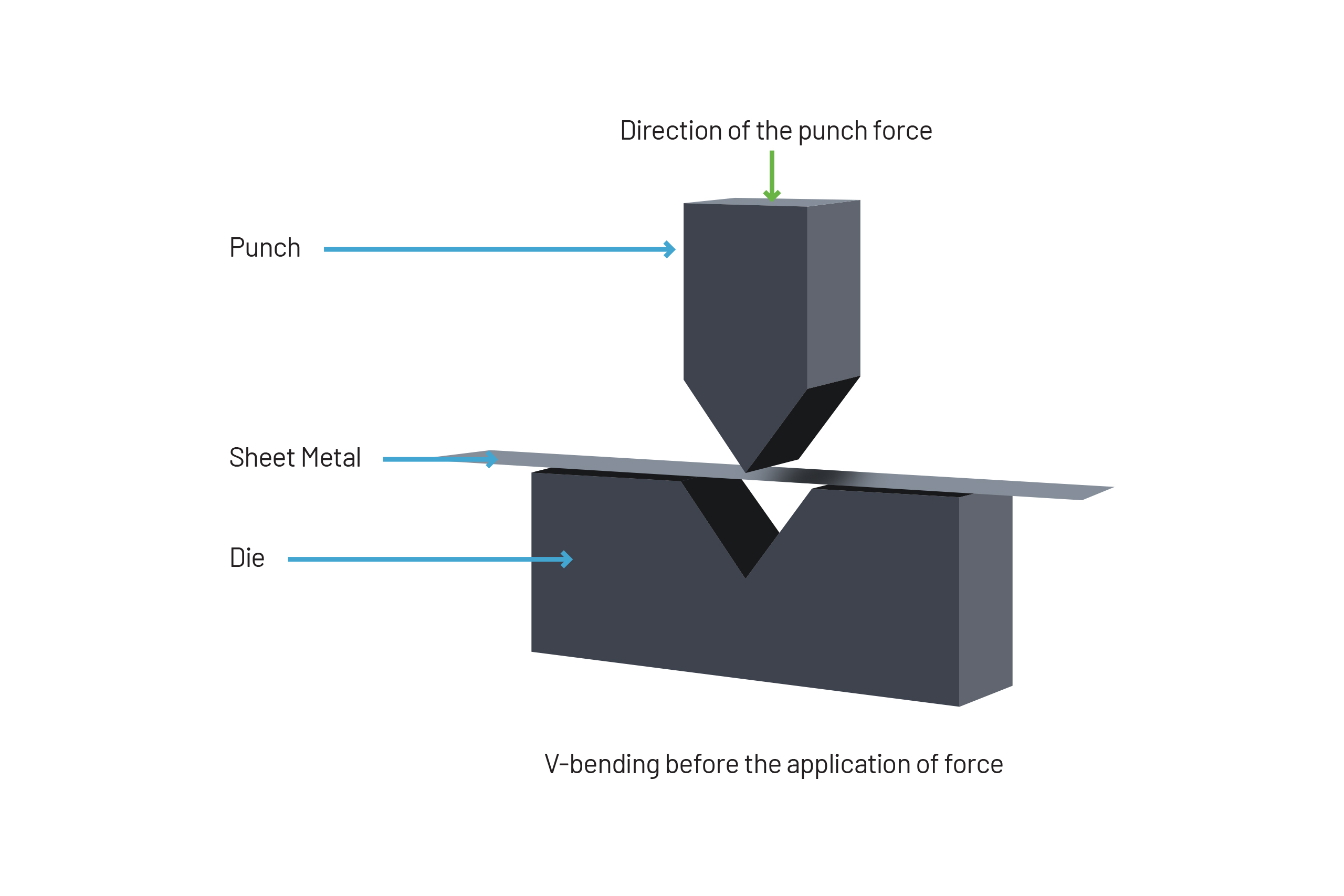
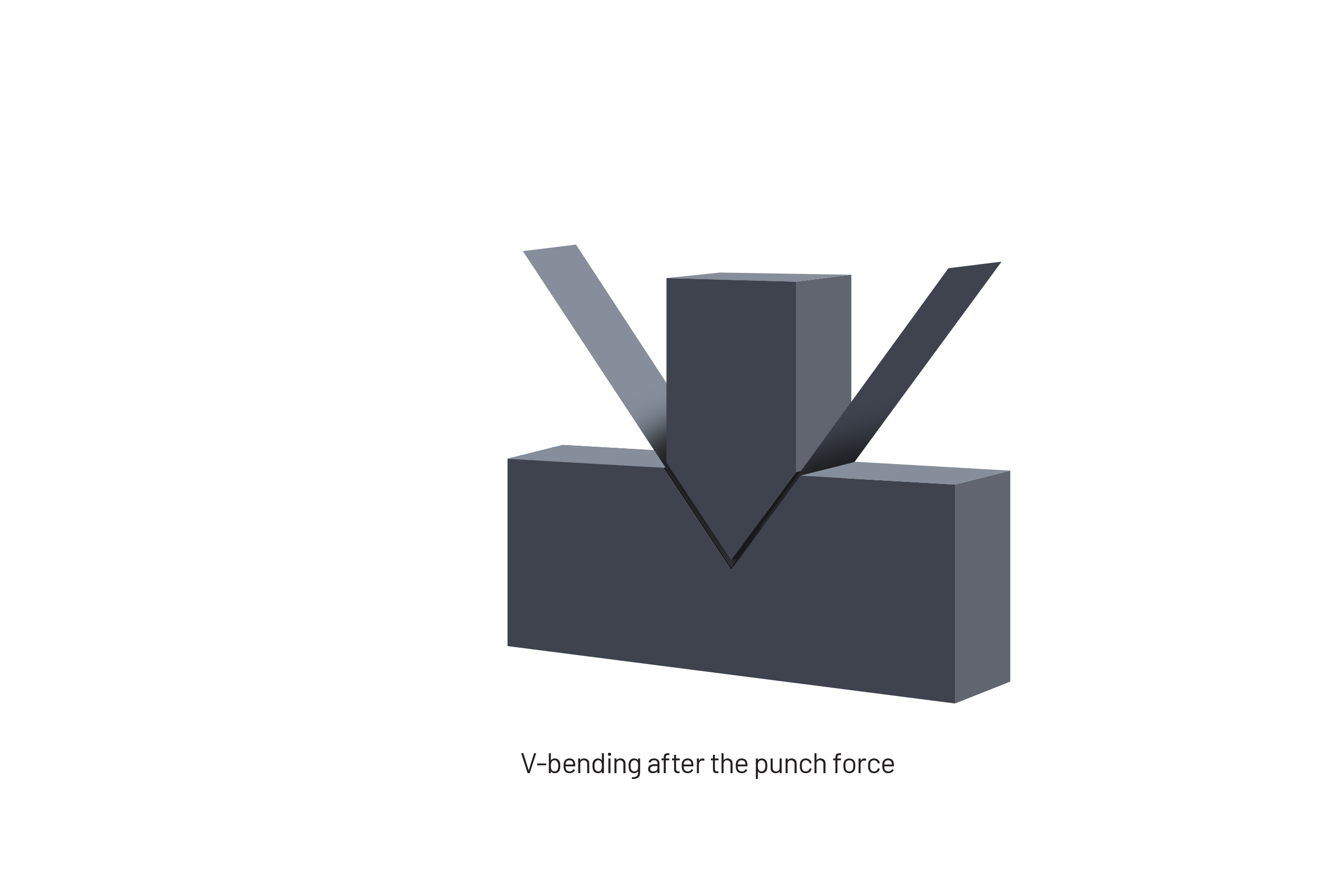
U-Bending
U-bending uses a U-shaped punch and die to bend metal sheets into a U shape, not a V shape like V-bending. This is important when precise bending of the sheet metal is required, especially when the end product needs to enclose or house other parts. By using U-shaped tooling, you ensure the bent metal sheet is uniform along the bends, which is critical for components that need symmetrical profiles.
When bending sheet steel or similar materials, the sheets bend cleanly without stress at the bend points, reducing the chance of material failure. So U-bending is not just about shaping but also about preserving the integrity and functionality of the metal sheets in many applications.
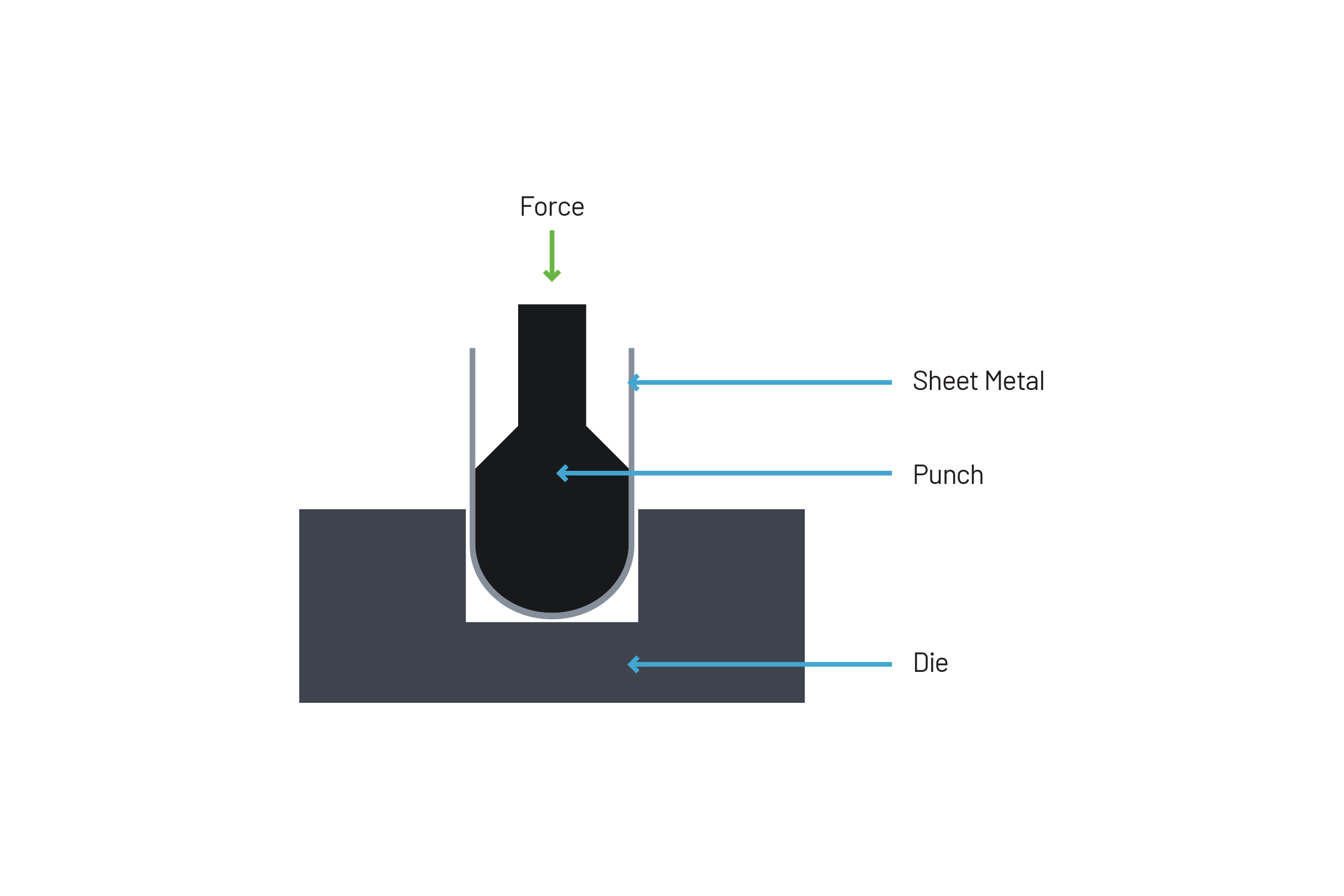
Rotary Bending
When requiring a bend greater than 90 degrees, rotary bending is beneficial, known for its uniform and aesthetically pleasing results. It’s similar to V bending, but rotary bending is superior in its output, so it’s a popular choice for precise fabrication jobs.
This method uses a special metal sheet bending machine that doesn’t scratch the surface of the sheet, so it’s a clean and flawless finish. Unlike other bending methods, this can create larger and more complex bends without compromising the quality or appearance of the finished product.
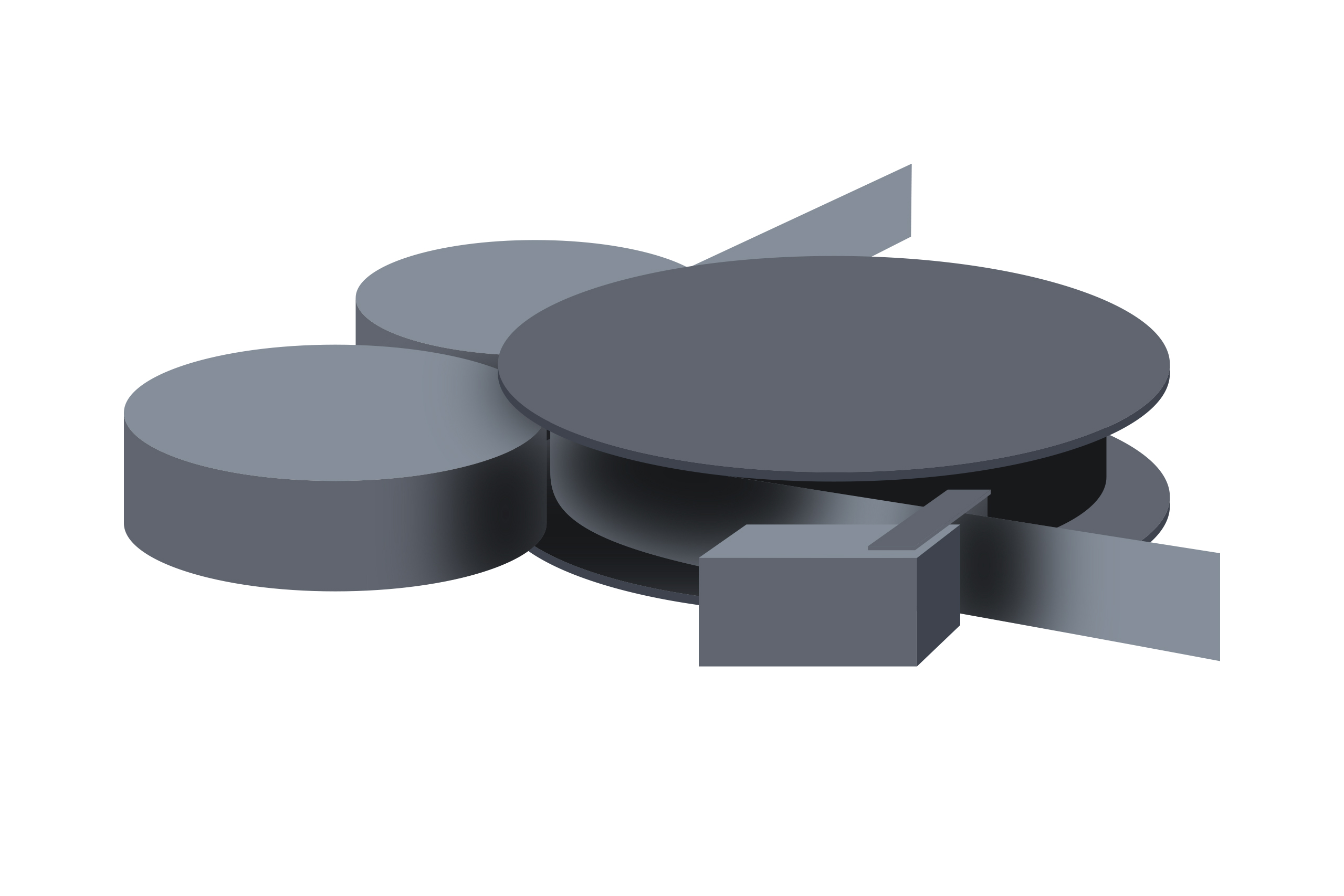
Edge Bending
Edge bending is a versatile metal bending technique that allows manufacturers to shape sheet metal edges without causing damage to the metal and improves both functionality and looks. This is used for sections of metal that are shorter than the rest.
By edge bending, you can eliminate sharp corners to get a more polished and attractive final product. This keeps the metal intact whilst getting the desired bend, and the metal remains structurally sound. Edge bending also increases the aesthetic of the metal parts while making them safer; it’s a must-have process for any project where the edges of metal play a big role in the overall functionality and looks of the final assembly.
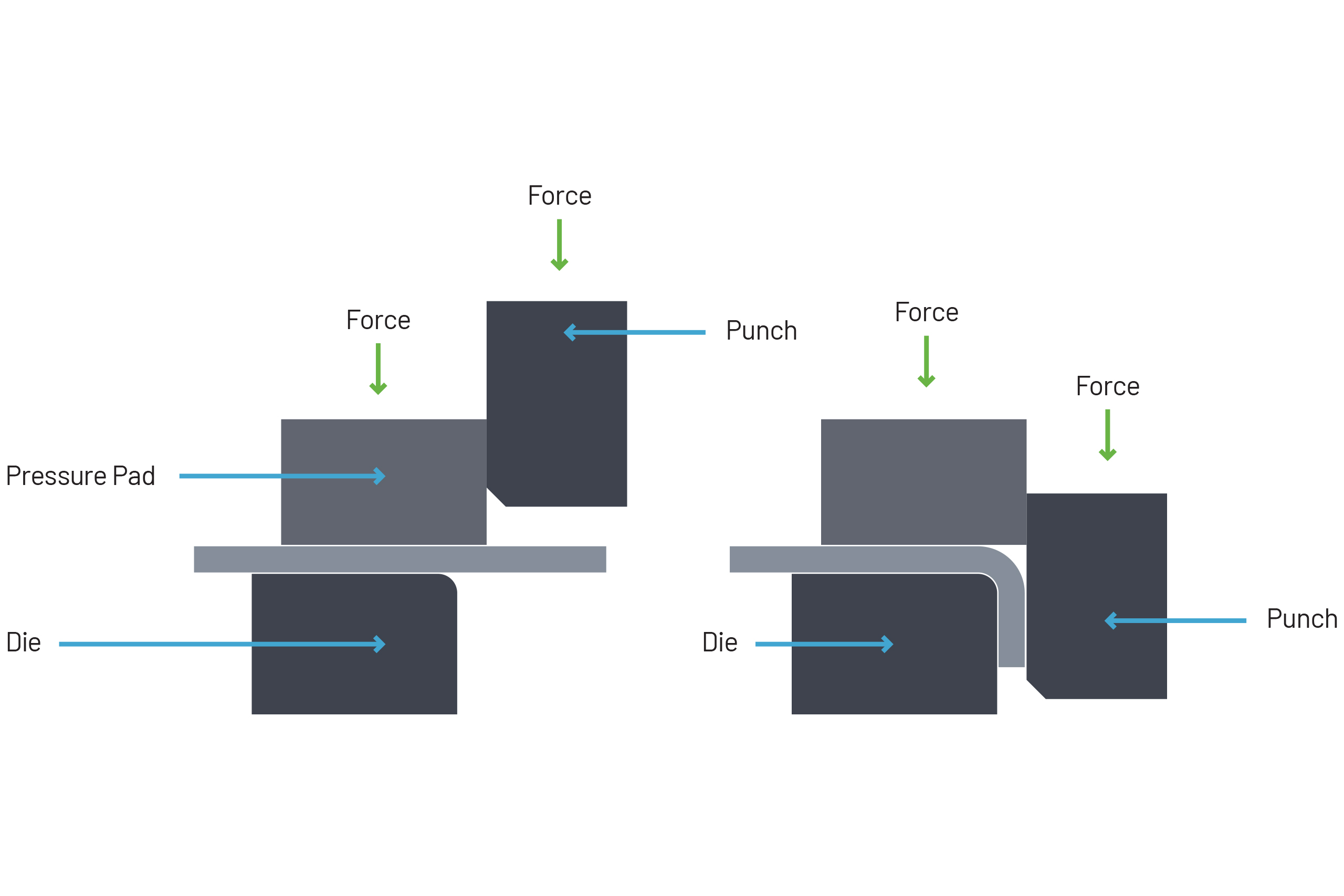
Wipe Bending
Wipe bending uses a wipe die and a punch to make precise bends in sheet metal. It’s different from other methods. The sheet of metal is placed in the wipe die, then a pressure pad is applied to hold it in place, and then the punch is manipulated to make the bend.
This technique is highly valued for its precision and accuracy in bending operations, making it perfect for projects that need consistency in their sheet metal fabrication.
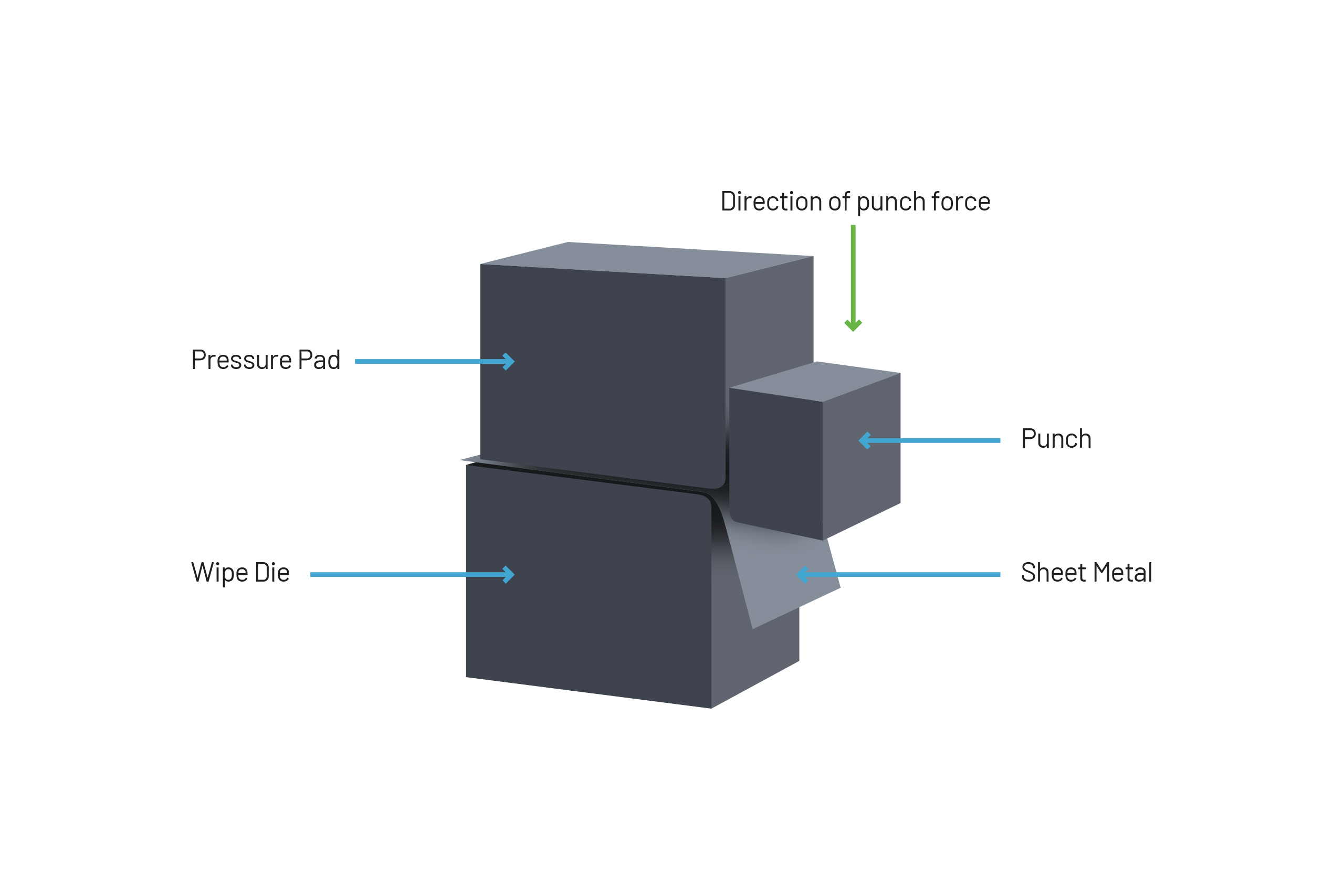
What Materials are Suitable for the Sheet Metal Bending Process?
There are many materials that excel in sheet metal bending, each with their own properties and benefits for different applications.
Carbon steel is flexible and strong, so it is great for many bending operations. It’s also recyclable, which helps reduce carbon footprints, a significant advantage in today’s eco-conscious world.
Aluminium is good for applications where weight is key. But, decliate care is required when bending to prevent cracking or collapse, especially at the corners. This requires precise control and technique to ensure the final product is intact.
Stainless steel is the go-to when durability and strength are key. Because of its ruggedness, shaping stainless steel requires a high-power bending machine that can withstand the material’s resistance to deformation.
For industries like medical or sports equipment manufacturing, titanium is the material of choice because of its corrosion resistance and high strength.
Sheet Metal Bending Steps to Follow
Avoid Bending to a Sharp Internal Corner
Avoiding sharp internal corners when bending sheet metal can greatly reduce the risk of cracking or tearing the material. Aiming for smooth, rounded corners, which will increase the durability of the metal. When designing parts, consider a radius of at least the thickness of the sheet metal. This isn’t just a safety measure; it also increases the strength and performance of the final product.
Often, gentler bends are easier to achieve and maintain. They also distribute the stress more evenly along the bend, avoiding the intense concentration that causes failure. By choosing the right bend radii, you ensure the longevity and reliability of fabricated parts and simplifying the bending process.
Hydraulic CNC Press Brakes
To further enhance the precision of bends, a hydraulic CNC press brake is often used, an indispensable tool in sheet metal fabrication. It provdes consistent angles on all types of metal and thicknesses. With a press brake, you apply a lot of force with a punch and die. The punch and die are the heart of the machine. By adjusting the setup to control the angle and depth of the bend so every piece meets specifications.
Mastering the press brake takes practice and precision, something Finish Architecturals engineer’s have. Ensuring to calibrate the machine correctly for the specific material, which is essential for maintaining the integrity and dimensions of the final product.
Protect the Surfaces
Before any bending of the metal, you need to protect the surface from damage. Rubber or soft plastic can be used to create a barrier between the bending tool and the metal. This will prevent scratches or other blemishes that can occur during the bending process. A thin layer of lubricant will also help reduce friction and protect the surface.
It’s important any handling of the sheet metal is done with clean gloves to avoid transferring any oils or dirt that could tarnish the metal. Remember, care and attention to detail can make a significant difference in the quality of the finished product.
Bend Allowance
Bend allowance is key to calculating the length of sheet metal before bending. When bending a piece of sheet metal, it deforms along the bend radius. The outside stretches, and the inside compresses. Bend allowance allows to account for this change and predict the total length of material needed to get the desired dimensions.
Specific formulas are used to calculate it, considering the thickness of the sheet, bend radius, and angle of the bend. Getting this right is crucial, or the final product won’t fit as intended. Double-checking calculations and conducting a test bend to guarantee accuracy before final production can prevent material waste and saves time.
Applications of our Metal Bending Services
We cater to custom projects where unique, bespoke metalwork is required. Whether it’s for an art installation or a functional custom piece, we work closely with clients to bring their ideas to life with precision and creativity. Each project benefits from our advanced bending techniques to get the results you need.
Metal bending services also cover many industries and applications, including architectural and construction, industrial manufacturing, automotive, aerospace, and custom projects.



